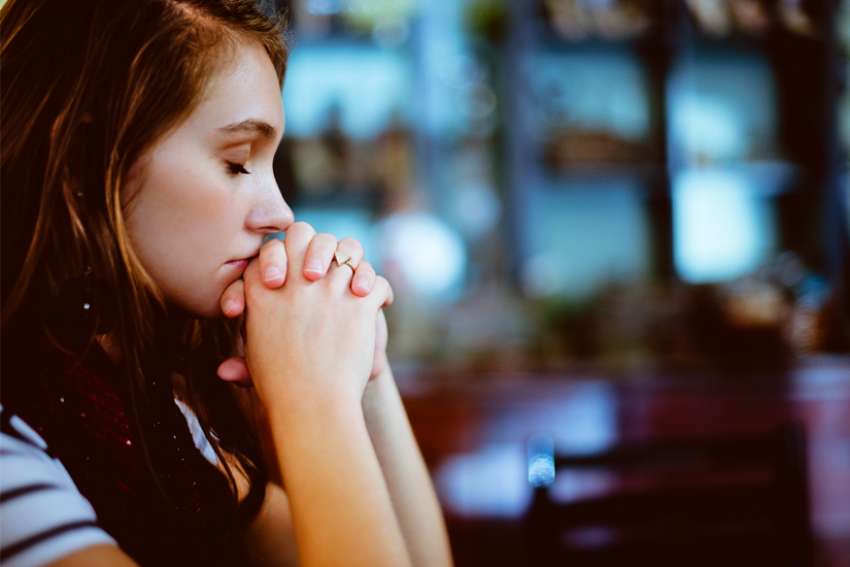Prayer a plenty, but is prayer still plenty?
Our parish Knights of Columbus chapter holds regular community breakfasts, about six each year. The Knights cook and serve the breakfast that runs for three hours on a Sunday morning. It’s a place for the community to meet, talk and enjoy some eggs, toast, bacon and other fixings. It also provides camaraderie and a modest contribution to the Knights’ coffers.
Youth groups often help out, primarily collecting the used plates and cutlery and sending them into the kitchen to be washed. During our last breakfast, a half dozen girls from a youth soccer team generously donated about three hours to help out.
As is our custom, we Knights gathered for prayer before the doors were flung open to the hungry public. One member led us in prayer for the organization, for any ailing Knights and for a successful breakfast. Hearing a dozen or more mostly aging men standing in a group and reciting aloud the Our Father and prayers to specific saints seemed to catch the soccer girls off guard. They shifted curious gazes from Knight to Knight or simply focused their eyes uneasily on the floor. They did not seem familiar or comfortable with bringing God to the breakfast table.
So, do people still pray, do they pray as much as they did in the past, why do they pray and what do they pray for?
Growing up in a large family in rural Nova Scotia, we gathered each evening for communal prayer. We would kneel on the floor and my mother would lead us in a rosary, concluding with my father reciting a litany of prayers to various saints, asking that they pray for us.
I don’t think that was unusual practice in our communities. When our children were young, we, too, prayed with them, but nothing as formal as the rosary. The generational daily family prayer sessions seem to have fallen off sharply in past decades.
According to a 2014 Pew Research Centre poll in the United States, 55 per cent of those surveyed prayed frequently, every day. That was down from 58 per cent seven years earlier. Sixteen per cent said they prayed weekly and six per cent reported monthly prayer. Twenty-three per cent of respondents said they never prayed or prayed seldomly.
Fifty-nine per cent of Catholics said they prayed daily while 90 per cent of people adhering to the Jehovah’s Witness faith said they prayed each day. Eighty-five per cent of Mormons polled attested to praying daily, as did 80 per cent of historically black Protestants, 79 per cent of evangelical Protestants and 69 per cent of Muslims.
The catechism devotes dozens of entries to prayer, from the meaning and importance of prayer to distractions, doubts and difficulty in praying. It examines the forms of vocal and silent prayer that range from adoration and blessing to petition, seemingly the most popular form. Even if we ought to allocate most of our prayer time to thanking God and asking His forgiveness, our natural inclinations lead us most frequently into prayer when we need something.
Prayer, either personal or in a group setting, can be cathartic. Enveloped in a bleak, seemingly hopeless situation, prayer leaves its sayer with a sense of doing something positive to change or affect dire circumstances we may find ourselves in.
Inundated with electronic devices that command much of our time, it would seem that our prayer time has likely receded over the years but it’s impossible to quantify that supposition, especially when taking into account the catechism’s assertion that prayer can flourish anywhere.
While young soccer players may muse about the optics and efficacy of prayer, it’s safe to assume that some of the people we encounter on the sidewalk or in the elevator of a public building are engaged in silent prayer.
It is, after all, our conduit to Jesus, the way to raise our hearts and minds to God.
(Campbell is a reporter at the Halifax Chronicle Herald.)


